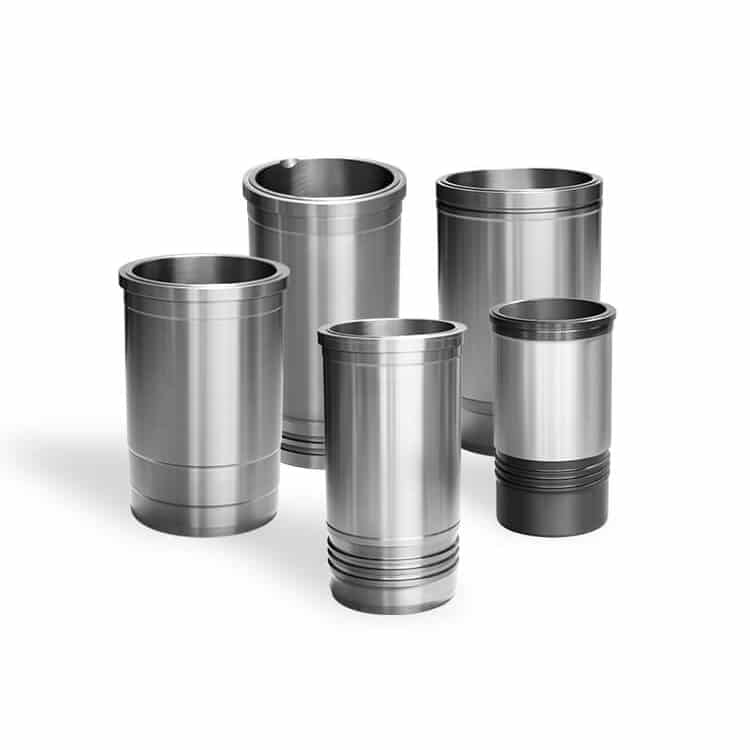Automotive Cylinder Liners: Function, Types, and Maintenance
2024-12-31 16:27:42 hits:0
The engine is the "heart" of a vehicle, and the cylinder liner is an indispensable component within it. Although small in size, it plays a critical role in engine operation. Whether in performance cars, family cars, or commercial vehicles, the quality and performance of the cylinder liner directly affect the engine's reliability, durability, and efficiency. This article will provide a comprehensive overview of cylinder liners, their functions, classifications, and maintenance tips, helping you better understand this essential component.
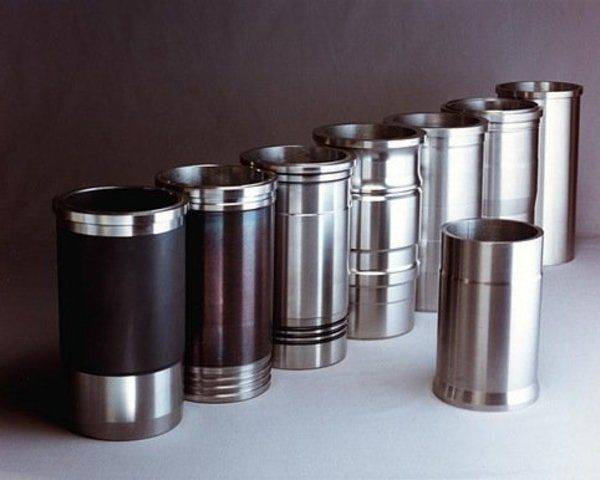
1. What Is a Cylinder Liner?
A cylinder liner is a cylindrical component installed inside the engine cylinder. It forms the working surface for the piston’s motion and serves as a barrier between the combustion gases and the cooling liquid. The cylinder liner must withstand high temperatures, pressures, and friction, making its material and manufacturing process crucial to engine performance.
2. Functions of a Cylinder Liner
Supporting Piston Movement
The cylinder liner provides a sliding surface for the piston’s reciprocating motion. Its smoothness and wear resistance directly impact the piston’s efficiency and the engine’s lifespan.Sealing the Combustion Chamber
Cylinder liners help maintain the combustion chamber’s seal, preventing gas leaks and ensuring that engine oil does not enter the combustion area.Heat Dissipation and Cooling
The cylinder liner quickly transfers heat generated during combustion to the cooling system, ensuring the engine operates at a safe temperature.Wear Resistance and Longevity
High-quality cylinder liners are made from wear-resistant materials, reducing friction-related wear and extending the engine’s operational life.3.Types of Cylinder Liners
Cylinder liners can be categorized by design and usage into the following types:Dry Cylinder Liners
Dry liners are in direct contact with the engine block, relying on the block material for heat dissipation. They feature a simple structure, making them suitable for small to medium-sized engines and easy to maintain.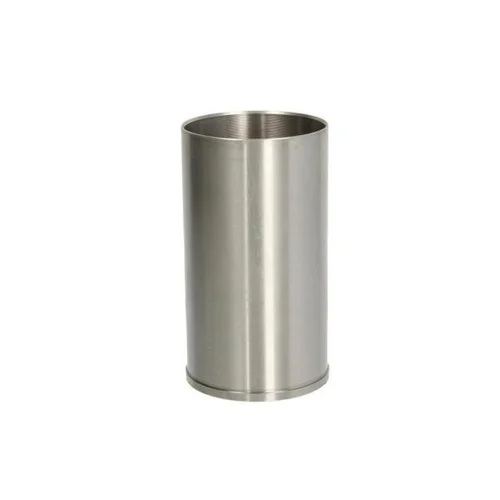
Wet Cylinder Liners
Wet liners are in direct contact with the cooling liquid, offering superior heat dissipation. They are commonly used in high-power engines but require more precise installation and sealing.Coated Cylinder Liners
Some high-performance engines use coated cylinder liners, where a special material is applied to the cylinder bore surface instead of using a traditional liner. This reduces engine weight and improves wear resistance.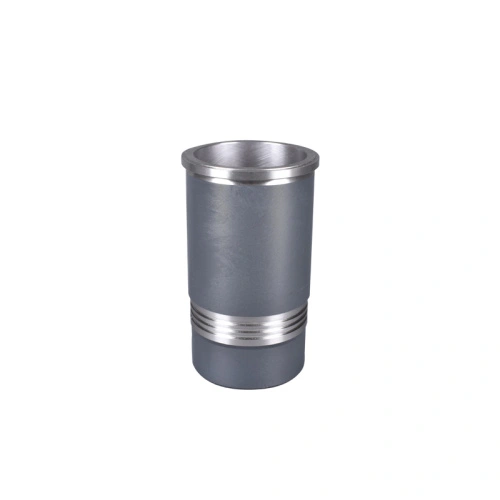
Composite Material Liners
Modern engines increasingly use composite material liners, known for their lightweight and low thermal expansion. These are more expensive to produce and are typically found in high-end vehicles or racing cars.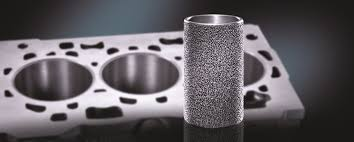
4.Common Issues and Maintenance for Cylinder Liners
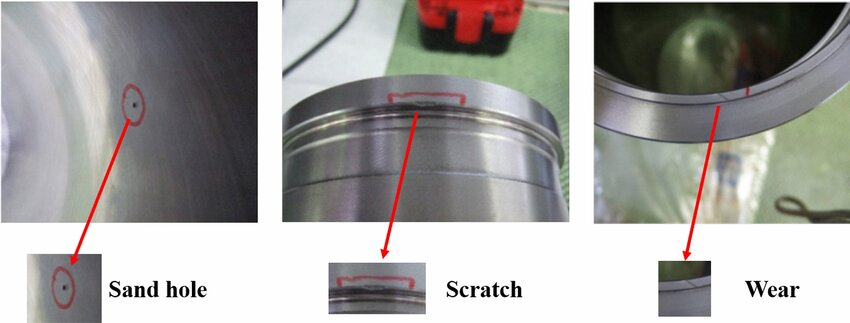
Common Issues
- Excessive Wear: The inner wall of the cylinder liner may wear out over time, causing reduced engine power and increased oil consumption.
- Cracks and Deformation: High temperatures or insufficient cooling may lead to cracks or deformation, affecting engine performance.
- Corrosion and Rust: Wet cylinder liners are susceptible to damage from impurities or corrosive substances in the cooling liquid.
Maintenance Tips
- Regular Coolant Replacement: Ensure the coolant is free of corrosive substances to prolong the liner’s lifespan.
- Use Quality Engine Oil: High-quality oil minimizes friction and wear between the cylinder liner and piston.
- Maintain Proper Engine Temperature: Avoid overheating or low-temperature operation to reduce stress on the cylinder liner.
- Periodic Inspection and Repair: For engines in prolonged use, regularly check the cylinder liner’s condition and replace it if necessary.
5.Emerging Trends in Cylinder Liner Technology
With advancements in the automotive industry, cylinder liner technology continues to evolve:Application of High-Strength Materials
Modern liners use more heat-resistant and wear-resistant materials, such as aluminum alloys and ceramic coatings, to enhance engine performance and durability.Lightweight Design
As the demand for energy efficiency and reduced emissions grows, lightweight cylinder liners are becoming a trend. This reduces engine weight and improves fuel economy.Digital Manufacturing
Advanced manufacturing techniques like 3D printing enable the production of complex, high-precision cylinder liners, meeting diverse engine design requirements.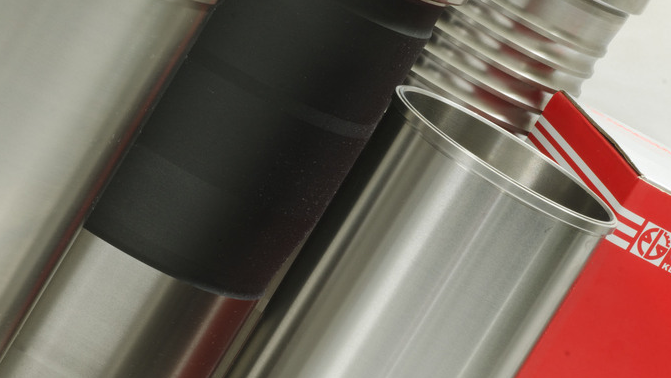

 en
en  fra
fra  de
de  ru
ru  gle
gle  th
th  ara
ara  it
it  jp
jp  kor
kor  zh
zh 